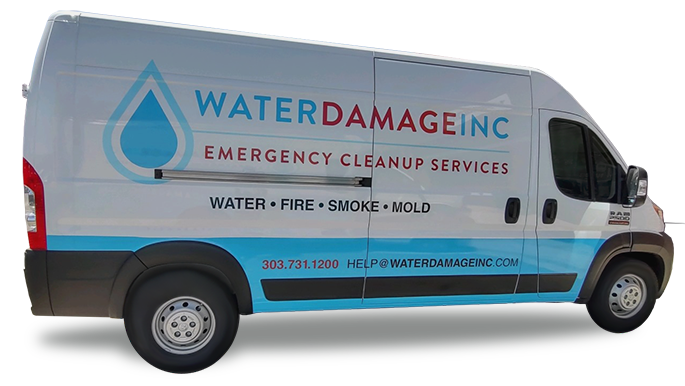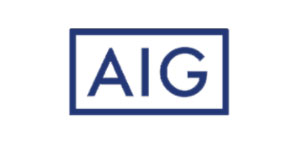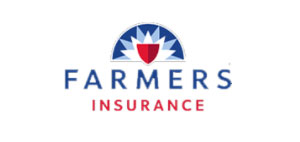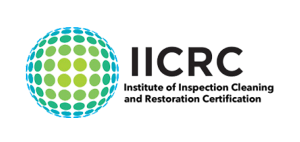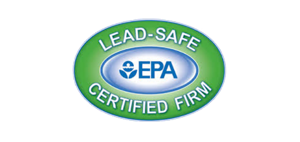Did you know that about 50% of fires in the U.S. happen at home? This fact shows how crucial it is to know what fire damage means. It’s not just about the visible damage. It also includes smoke and water damage from fighting the fire.
Fixing fire damage often starts with a detailed check-up. This check-up looks at how the fire affected the building’s parts. It decides if things need fixing or replacing. The level of burn, heat damage, and how close to the fire something was matters a lot.
Don’t forget about smoke and soot damage. These depend on what was burned and how well the area was ventilated. Good fire restoration gets rid of bad smells and soot with special cleaning methods. Water from fighting the fire can also cause mold, needing special cleaning and treatments.
Key Takeaways
- Fire damage includes visible destruction, smoke, and water damage.
- Fire restoration begins with a detailed check-up.
- Smoke damage and soot buildup are big parts of fire damage.
- Water damage from fighting fires needs special treatments.
Types of Fire Damage
Fire damage comes in many forms, each needing its own fix. Knowing the types helps tailor the repair for the best results. The main types are structural, heat, and smoke damage.
Structural fire repair fixes damage to building parts from heat and flames. Sometimes, this means rebuilding or replacing important parts.
Heat damage warps, melts, or weakens materials from high temperatures. It often hits appliances, wiring, and the building’s strength. So, detailed checks and repairs are needed.
Soot and smells from smoke damage are big problems. Smoke gets into things like fabrics, carpets, and walls. This causes bad smells and contamination. Special cleaning is needed to get rid of these issues and make the area safe again.
Also, fires can cause water damage from the hoses used to fight them. Some materials can’t be saved because of mold or stains from water. Using special cleaning methods like micro-abrasion helps fix these problems and speed up the repair.
Common Causes of Fire Damage
Fire incidents and the damage they cause come from many sources. It’s key to know these causes to prevent fires. By understanding common fire hazards, we can lower risks and improve safety.
- Electrical Malfunctions: Faulty wiring, overloaded circuits, and damaged equipment can start fires in homes and businesses.
- Cooking Accidents: Leaving cooking unattended, grease fires, and oven mishaps are common causes of fires at home.
- Heating Equipment Failure: Portable heaters, fireplaces, and broken furnaces are big fire risks, especially in the cold months.
- Intentional Arson: Setting fires on purpose to cause damage or harm is a serious issue.
- Smoking: Careless throwing away cigarette butts and lit tobacco can easily start fires.
- Candles: Not placing candles right and not watching them can cause fires.
- Chemical Reactions: Mixing the wrong chemicals or storing flammable stuff badly can lead to dangerous fires.
- Natural Disasters: Wildfires and lightning strikes are natural causes of fires that can cause a lot of damage.
Here are ways to improve fire safety and prevent damage:
- Regular Maintenance: Check and maintain electrical systems often to stop malfunctions.
- Flammable Materials: Be careful with these materials and store them safely to avoid fires.
- Smoke Detectors: Put in and keep smoke detectors in important places for early fire warnings.
- Escape Plans: Make clear escape plans and practice fire drills so everyone knows what to do in an emergency.
By taking these steps, we can greatly lower the risk of fires. This means less damage and more safety for everyone.
Impacts of Fire Damage
Fires cause more than just physical damage. They lead to emotional and financial stress for those affected. Let’s look at the effects of fire damage.
- Psychological Effects of Fire Damage: Fires can leave deep scars. People may face mental health issues like PTSD, anxiety, and grief. The trauma can cause ongoing stress and emotional problems.
- Financial Impact of Fires: Fires are costly. Repairing damage, medical bills, and replacing items can be a huge burden. Insurance might help, but it often doesn’t cover everything. This leaves people with a big financial load.
- Fire-Related Injuries: Fires can cause many injuries, from minor burns to severe disabilities. These injuries often need expensive medical care. This adds to the overall cost of fire damage.
- Fire Damage Consequences: Fires can lead to losing homes, jobs, and disrupting communities. These effects show how fires can change lives and communities for the worse.
Even with insurance, rebuilding and recovering from fires is hard. This shows why preventing fires is key. Taking steps to prevent fires helps reduce their impact. It’s important to address these effects to help communities recover and stay strong.
Restoring After Fire Damage
After a fire, quick and expert restoration is key to prevent more damage. This means removing all damaged parts, cleaning what can be saved, and fixing HVAC systems for clean air. It’s important to get help right away.
Experts use special tools like sumps and extractors to remove water from firefighting. Even small fires can be dangerous because of smoke and soot. It’s best not to try to fix fire damage by yourself.
Working with companies like Restoration 1 ensures your property gets fully fixed. They offer everything from cleaning up smoke smells to fixing fire damage. They also help with temporary housing, making things easier for everyone involved.
Getting experts to help with fire damage is crucial for a complete and safe fix. Professional teams make sure your property is safe and healthy after a fire.
Conclusion
Learning about fire damage and its effects is key to keeping people and buildings safe from fires. Fire safety begins with knowing how fires can damage structures, cover things in soot, and spread smoke. By understanding common causes like electrical issues, cooking mistakes, and leaving open flames unwatched, we can prevent fires.
Preventing fires is crucial. Simple steps like putting smoke detectors in can greatly lower the risk of fires. Keeping fire alarms working, making sure electrical systems meet safety standards, and being careful with things that can catch fire are basic steps. These actions boost fire safety and help prevent fires from happening.
If a fire does happen, acting fast to fix the damage is vital. Experts in damage restoration work on removing soot, smoke, and fixing structures. This ensures places are safe and livable again. Knowing how to handle fires and restore after them helps people bounce back stronger from fire incidents.
Putting fire prevention first and knowing how to restore after a fire makes living spaces safer. With this knowledge, people can make smart choices to protect their homes and families from fires. This builds a culture of being ready and aware of fire safety.
